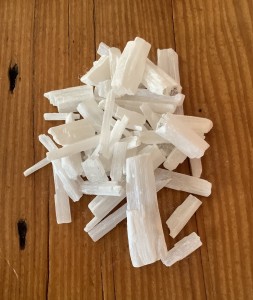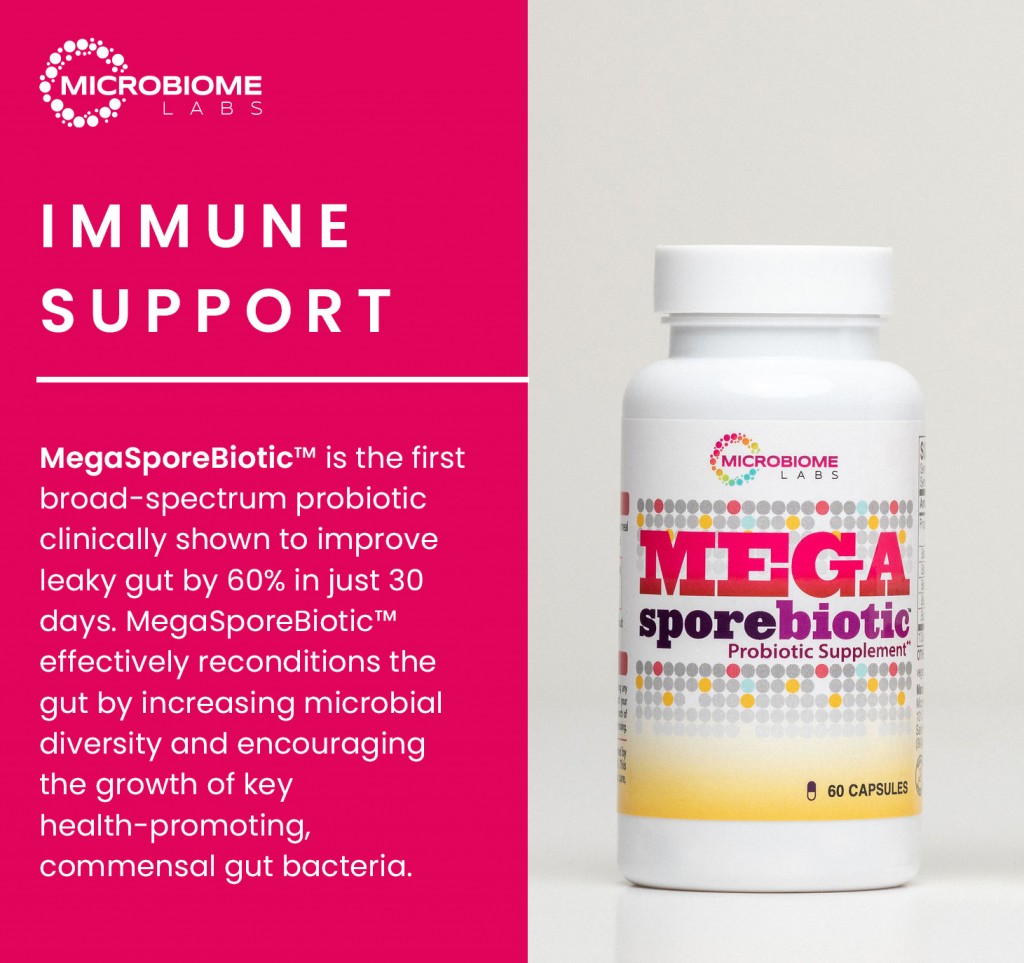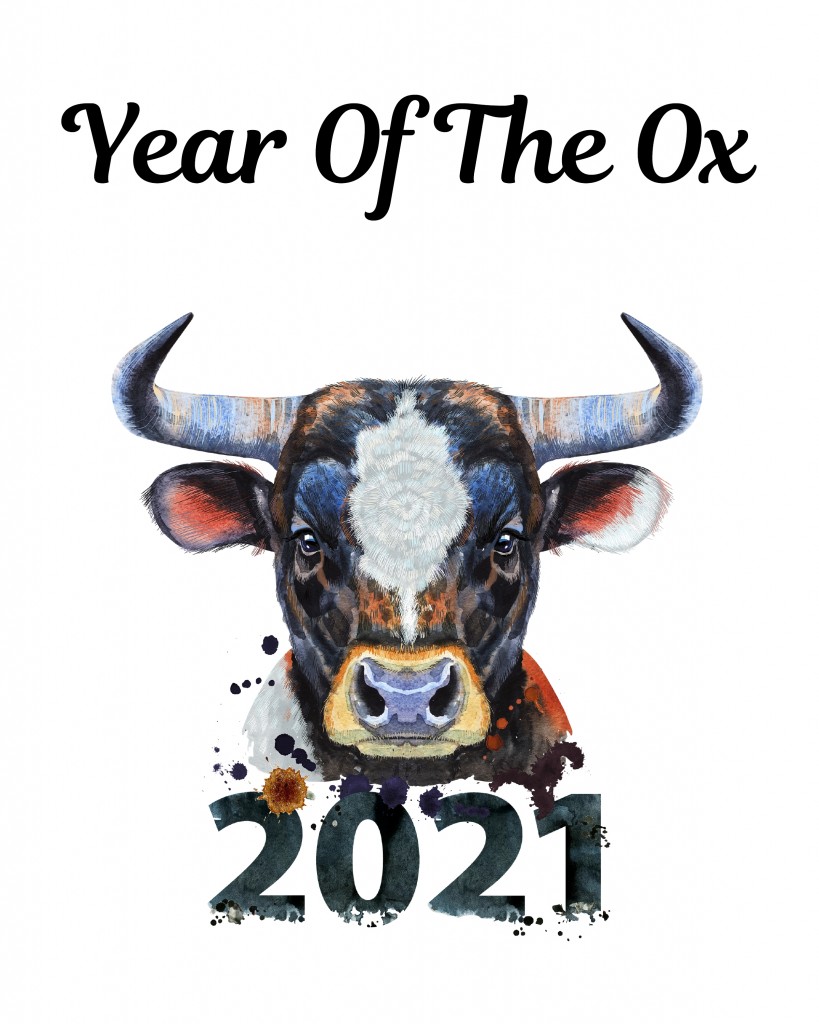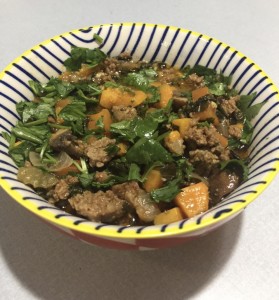Powerful and graceful White Tiger Decoction treats what is known in Chinese medicine as the 4 bigs – big fever, big thirst, big sweat, big pulse – and has its place in the Chinese medicine dispensary as an important emergency formula. Apropos for 2022 – the Year of the Tiger.
 Gypsum, the main ingredient, is a clear white mineral with a crystalline structure made up of parallel fibers, which is pungent, sweet and cold. Some say it is very cold, others slightly cold, but all agree that it has strong heat clearing properties. It’s function can be likened to cleaning a clogged screen, allowing the body to vent the heat that has built up under the clog. We can visualize the image of the parallel crystal fibers – keeping the vertical flow of the meridians, so heat cannot build up. This amazing mineral is can either reduce profuse sweat or promote sweat as is needed.
Gypsum, the main ingredient, is a clear white mineral with a crystalline structure made up of parallel fibers, which is pungent, sweet and cold. Some say it is very cold, others slightly cold, but all agree that it has strong heat clearing properties. It’s function can be likened to cleaning a clogged screen, allowing the body to vent the heat that has built up under the clog. We can visualize the image of the parallel crystal fibers – keeping the vertical flow of the meridians, so heat cannot build up. This amazing mineral is can either reduce profuse sweat or promote sweat as is needed.
Gypsum is used together in White Tiger Decoction with honey-fried licorice, rice and anemarrhena which, along with gypsum, are all sweet and/or cool and help replenish the fluids that were scorched by the intense heat and high fever. It is an incredibly effective formula when used appropriately for the correct pattern, including for pediatrics.
I had the chance to use it when my son woke up the first day of the winter break with a fever. His main signs and symptoms were headache, rapid and flooding pulse, body hot to touch, and fever went up to 104.6. I have him White Tiger Decoction and the fever came down from 104.6 to 101 literally within minutes. By the time he went to bed an hour later his fever was below 99. I was amazed that it worked so fast. I am so grateful for the wisdom of the ancients and to have this potent medicine at my finger tips. Chinese medicine rocks!



